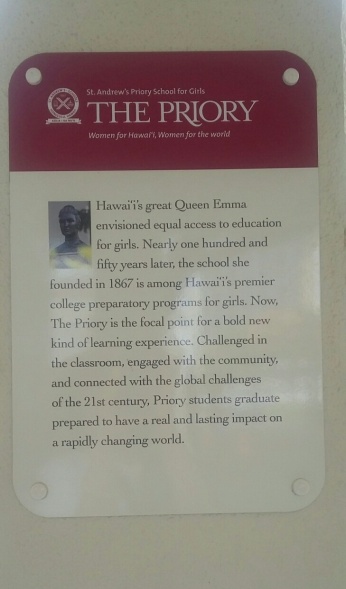Dear Readers,
If you have read my book The Lava Never Sleeps: A Honolulu Memoir, you may find these photos provide visual references to the narrative.
While my father’s Chinatown store closed in the 1970s, the building remains and is now occupied by the very popular restaurant The Pig & the Lady and The Pacific Gateway Center. Hint: Reservations are highly recommended.
We had a most delicious lunch there! Even though the interior and entry have been completely remodeled, the original brick walls remain. I couldn’t help feeling nostalgia for all the times I had spent between those walls. See p. 29 for a description of Yuen Chong Co.
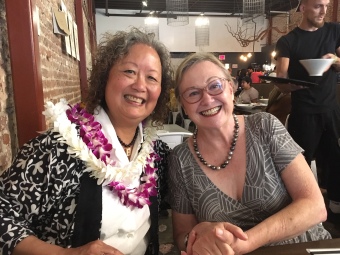 My dear friend Liz Aulsebrook joined me and Carol for lunch there. I’ve known Liz since the 1980s and she was one of my beta readers when I finished the very first draft of the memoir.
My dear friend Liz Aulsebrook joined me and Carol for lunch there. I’ve known Liz since the 1980s and she was one of my beta readers when I finished the very first draft of the memoir.
She recently retired, so we celebrated my book and her retirement!!

Dream cake! I described this lovely cake on p. 22. This is the cake display at Liliha Bakery at Macy’s in the Ala Moana Center. I really wanted a piece, but they only sell whole cakes.
The original bakery is located near my childhood neighborhood. This new location at the shopping center recently opened, a happy surprise!
My alma mater St. Andrew’s Priory in Honolulu continues its educational mission as established by Queen Emma. I am pleased that the school continues under strong leadership that ensures a curriculum that includes Hawaiian culture and prepares its girls for all career options. I refer to Priory on pages 66 and 161.
Class of 1967! Here is my graduation photo with my parents.

I describe the ancient voyaging canoes that brought the first people to Hawai’i; see p. 164. Reproduced in recent times to travel throughout the Pacific, this is a model on display at the Bishop Museum. The museum also  displays an ancient paddle which indicate the ancestors of the Polynesians were from SE Asia; see p. 156.
displays an ancient paddle which indicate the ancestors of the Polynesians were from SE Asia; see p. 156.
Another dear friend, Lilette Subedi reviewed my manuscript to ensure my cultural references were appropriate. She also provided the ancient canoe chant and translation on p. 167. I have recited this chant at most of my readings to invoke the culture,  reinforce the journey implied in my story, and emphasize the value of community.
reinforce the journey implied in my story, and emphasize the value of community.
At my Honolulu reading at Na Mea Hawai’i/ Native Books, she chanted a beautiful oli to welcome everyone and added a naughty Chinese ditty that I had never heard.
Finally, my travel buddy on my September trip to Maui and Honolulu was Carol Cummins, a long-time  friend who was one of the original members of the Seattle women’s group I joined in 1988 (p. 110). This was her first trip to the islands, and she met my friends, classmates, and family, who welcomed her with genuine aloha spirit. I was happy to share an insider’s view of my beloved islands with her.
friend who was one of the original members of the Seattle women’s group I joined in 1988 (p. 110). This was her first trip to the islands, and she met my friends, classmates, and family, who welcomed her with genuine aloha spirit. I was happy to share an insider’s view of my beloved islands with her.
What a memorable trip for both of us!

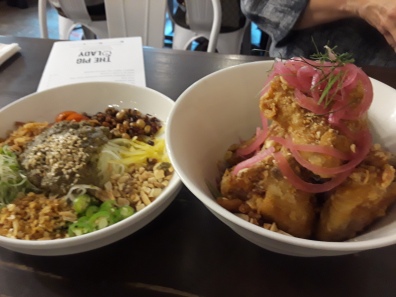
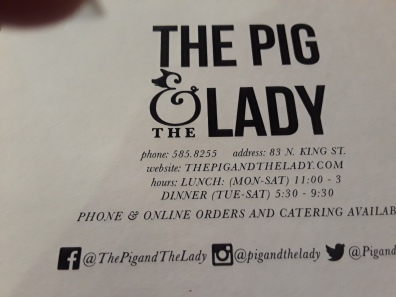

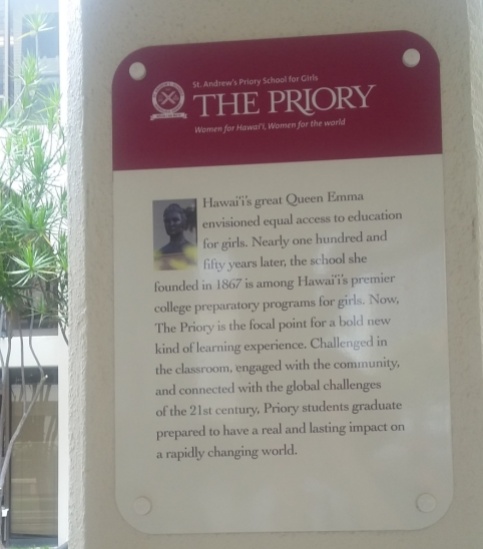
 Noah was born in 1984, ironically in an Orwellian police state that was South Africa. His status was complicated because he was mixed race. This wasn’t supposed to happen with anti-miscegenation laws in place. As the offspring of an African mother and European father, Noah came into the world as evidence that a crime had been committed. He writes, “…[O]ne of the worst crimes you could commit was having sexual relations with a person of another race.”
Noah was born in 1984, ironically in an Orwellian police state that was South Africa. His status was complicated because he was mixed race. This wasn’t supposed to happen with anti-miscegenation laws in place. As the offspring of an African mother and European father, Noah came into the world as evidence that a crime had been committed. He writes, “…[O]ne of the worst crimes you could commit was having sexual relations with a person of another race.” Hawai’i is a reminder about the value of diversity. And its people reflect this. In the islands, people are likely to refer to President Barack Obama as mixed race instead of African American. This acknowledges his dual heritage and genetics in both White and Black cultures. In contrast, most Americans want to categorize people as if a single label can define the whole person.
Hawai’i is a reminder about the value of diversity. And its people reflect this. In the islands, people are likely to refer to President Barack Obama as mixed race instead of African American. This acknowledges his dual heritage and genetics in both White and Black cultures. In contrast, most Americans want to categorize people as if a single label can define the whole person.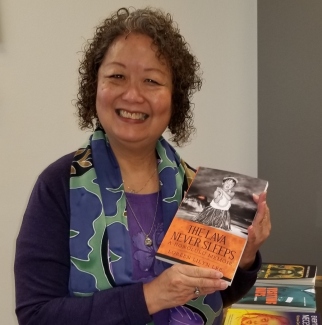
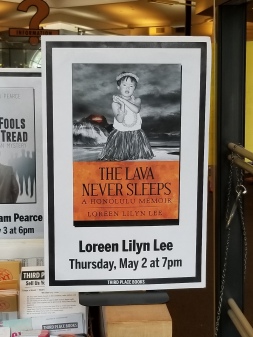

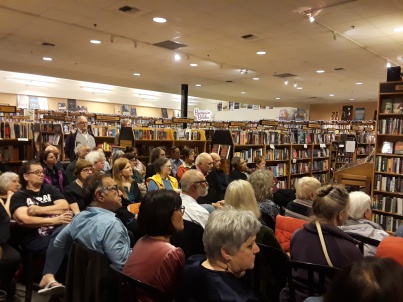 Very humbled and grateful for the SRO crowd standing in the aisles between bookshelves, I began the reading with an ancient canoe chant. I felt the aloha in the room during my reading and later as I signed books.
Very humbled and grateful for the SRO crowd standing in the aisles between bookshelves, I began the reading with an ancient canoe chant. I felt the aloha in the room during my reading and later as I signed books.

